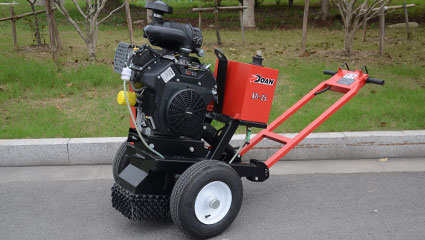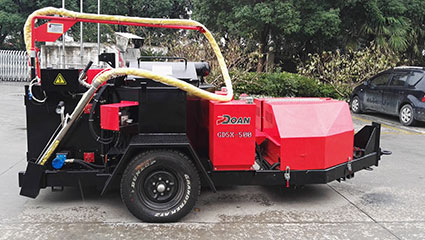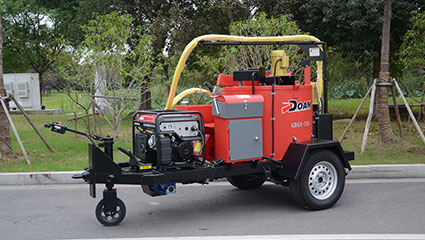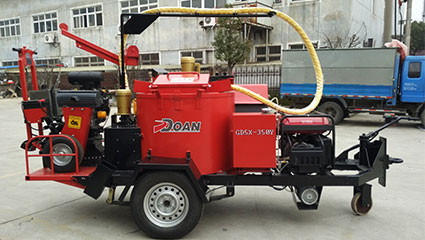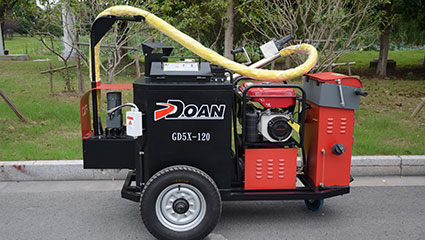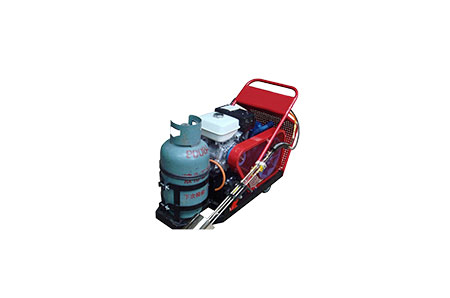There are actually a variety of cracking patterns that result from different types of pavement failures.
Longitudinal Cracks in Asphalt Pavement
Longitudinal cracking in asphalt is typically a signifier of subpar joint structure of traffic lanes that are next to each other. Cold and dry weather conditions can often exacerbate the issue, causing linear cracks to form. They can easily be repaired with Crack Sealant.
These are perpendicular cracks that occur due to a combination of things, mainly extremely low temperatures and overuse of the pavement. Transverse cracking usually happens on main roads or in high-traffic parking lots and plazas. Cold temperatures cause the aggregate to shrink, which starts the cracking process and the weight of all the vehicles constantly driving on the pavement widens the cracks more.
Reflective Cracking in Asphalt
Reflective cracking usually signifies that there is a much deeper issue below the surface. These are cracks that extend from the foundational layer of the asphalt and make their way to the top layer. Once again, this can easily be fixed with Crack Sealing Machine.
Slippage Cracking
Slippage cracks have a crescent shape and they should be dealt with immediately because they can quickly turn into large and dangerous potholes, especially if your parking lot has a constant high volume of traffic. This type of cracking usually occurs if the asphalt aggregate has a high sand content, which prevents it from aptly bonding to the other materials in the composite. Depending on the size of the crack and the extent of the damage, you can either use partial or full-depth patch-up to correct this issue.


